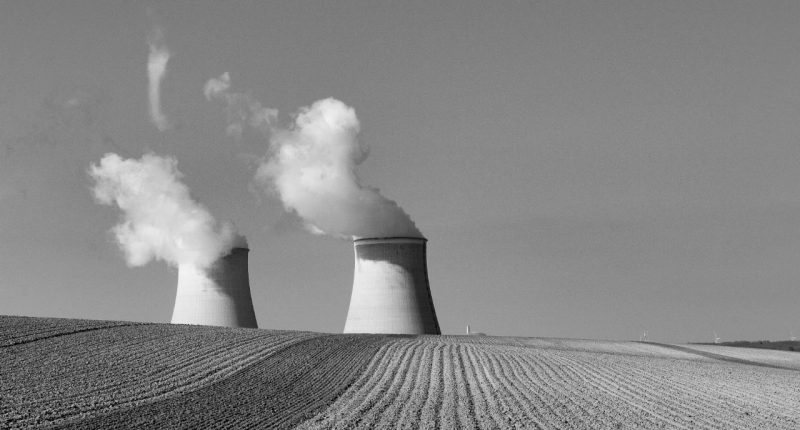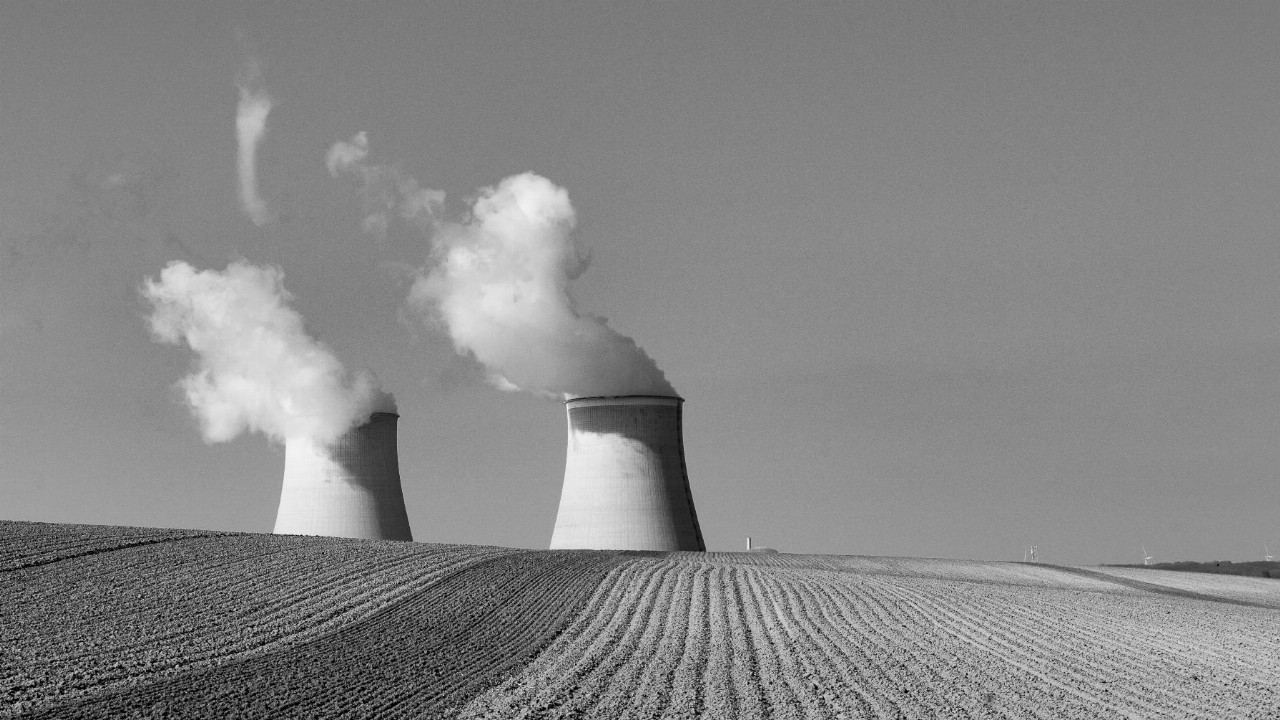Whenever I write about the plummeting costs and growing capabilities of wind power, solar power and batteries, I’m usually met with a barrage of radioactive responses from the internet’s overheated nuclear reactors — social-media-savvy environmental activists who insist that nuclear power should play a leading role in the world’s transition away from fossil fuels.
The sun doesn’t always shine and the wind doesn’t always blow, they point out, but nuclear power plants produce carbon-free energy day and night, rain or shine. Their argument that nuclear power is unfairly maligned has been bolstered by Russia’s invasion of Ukraine; Germany, which shut down many of its nuclear plants in the past decade while building natural gas pipelines to Russia, now faces a deep energy crunch. It has had to burn more coal to keep the lights on.
I’m not a never-nuke, but I’ve had my doubts about atomic power. Still, I wanted to keep an open mind. So last week I flew to London to attend the World Nuclear Symposium, an annual conference put on by the nuclear industry’s global trade group, the World Nuclear Association. I heard an earful from industry executives, analysts, lobbyists and government officials who are giddy about nuclear power’s prospects for powering the world of tomorrow.
I’ll give the pro-nuclear folks this: They do make a good case that nuclear has gotten a too-bad rap. Nuclear power is relatively safe, reliable and clean; compared to the planetary destruction wrought by fossil fuels, nuclear power looks like a panacea. Patrick Fragman, the CEO of the large American nuclear manufacturer Westinghouse, said his industry had to “unwind decades of brainwashing of public opinion in many countries” about the dangers of nuclear power.
But the argument for significantly ramping up the production of nuclear power — especially in places where overall energy consumption isn’t growing, like in the United States and Europe — falls short. That’s because the nuclear industry has long been hobbled by two problems that its boosters can’t really wish away: Nuclear is far slower to build than most other forms of power, and it’s far more expensive, too. And now there is a third problem on the horizon. As battery technology improves and the price of electricity storage plummets, nuclear may be way too late, too — with much of its value eclipsed by cheaper, faster and more flexible renewable power technologies.
In order to limit global warming to 1.5 degrees Celsius above preindustrial levels — the goal set in the Paris Agreement to avert the worst effects of global warming — experts say that we need to reduce global carbon dioxide emissions to a net of zero by 2050. Responding to such a climate emergency with nuclear power is like calling on a sloth to put out a house fire. The 63 nuclear reactors that went into service around the world between 2011 and 2020 took an average of around 10 years to build. By comparison, solar and wind farms can be built in months; in 2020 and 2021 alone, the world added 464 gigawatts of wind and solar power-generation capacity, which is more power than can be generated by all the nuclear plants operating in the world today.
The nuclear industry has been notorious for cost overruns and delays. The only nuclear reactors under construction in the United States — a Westinghouse project at the Plant Vogtle power station in Georgia — were started in 2013 and projected to be finished in 2017. They are still not done — and an initial budget of $14 billion has more than doubled to more than $28 billion. In 2017, utilities in South Carolina cancelled two reactors midway through construction after cost projections ballooned from $11.5 billion to more than $25 billion.
And after all this build time, you get a very expensive source of energy. In a common energy-industry measure known as “levelised cost,” nuclear’s minimum price is about $131 per megawatt-hour, which is at least twice the price of natural gas and coal, and four times the cost of utility-scale solar and onshore wind power installations. And the high price of nuclear power doesn’t include its extraneous costs, such as the staggering price of disasters. Cleanup and other costs for the 2011 Fukushima disaster, caused by an earthquake and a tsunami off the Japanese coast, may approach $1 trillion.
Nuclear boosters say that these problems can be solved. There was much talk at the conference about streamlining regulations and reducing costs and build times by constructing smaller, more advanced and less disaster-prone reactors. Once we start building more, the industry will start seeing the benefits of scale and efficiency, several industry insiders told me.
“The best way to become good at building nuclear power plants is to build nuclear power plants,” said Sama Bilbao y Léon, the director general of the World Nuclear Association. John Kotek, an executive at the Nuclear Energy Institute, the industry’s American trade group, pointed out that the U.S. Navy builds nuclear-powered submarines and aircraft carriers in a matter of years — suggesting that quick build times for small reactors could be doable.
Perhaps. But the much-vaunted small reactors are still novel, mainly untested technology. In another era, it may have been worth taking a gamble on these systems in order to avert climate disaster.
But Mark Jacobson, a professor of civil and environmental engineering at Stanford University and a longtime proponent of renewable energy, told me that such a bet makes less sense today, when wind and solar power keep getting better — because any new money put in nuclear is money you aren’t spending on renewable projects that could lower emissions immediately.
There’s an opportunity cost “of waiting around for a nuclear reactor to be built when you could have spent that money on wind or solar and got rid of emissions much faster,” Jacobson said. This cost may be particularly onerous when you consider the rapid advancement in battery technology, which can help address the main shortcoming of renewable power: its intermittency. The price of lithium-ion batteries has dropped by about 97 per cent since they were introduced in 1991, and prices are projected to keep falling.
Jacobson is one of several researchers who have argued that such advances will render nuclear power essentially obsolete. As we build more renewable energy systems — onshore and offshore wind, solar power everywhere — and improve technologies to store energy (through batteries and other ideas), wind and solar can meet most of our energy needs, Jacobson said. In a 2015 paper, he argued that the world can be powered through renewable energy alone. His findings have been hotly disputed, but other researchers have come to similar conclusions.
On the other hand, the International Energy Agency’s projections for reaching net-zero energy still rely on nuclear. The agency says that nuclear capacity will need to double by 2050, with two-thirds of that growth occurring in developing economies. Still, even with nuclear’s doubling, the IEA says nuclear power will contribute less than 10 per cent of global electricity in 2050; over the same period, the agency says renewable generation will grow eightfold, contributing 90 per cent of electric power in 2050.
Clearly, then, nuclear’s problems don’t mean we should shut down all nuclear plants; existing plants are quite valuable in our energy mix as we ramp up solar and wind. And in places like China, India and other regions where demand for energy is growing, new nuclear plants may have a big role to play — and if the small, advanced reactors become viable, perhaps we’ll see some of those, too.
But it’s unlikely that nuclear can play anything close to a dominant role; its share of electricity production is quite likely to fall over time.
This article originally appeared in The New York Times.
Farhad Manjoo, a New York Times Opinion columnist, covers technology, global affairs and culture.





